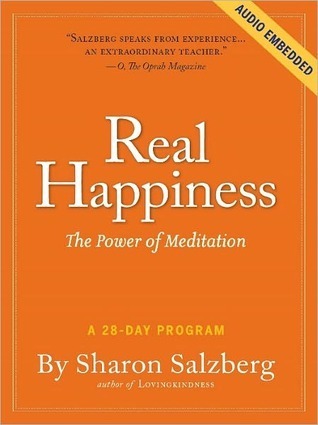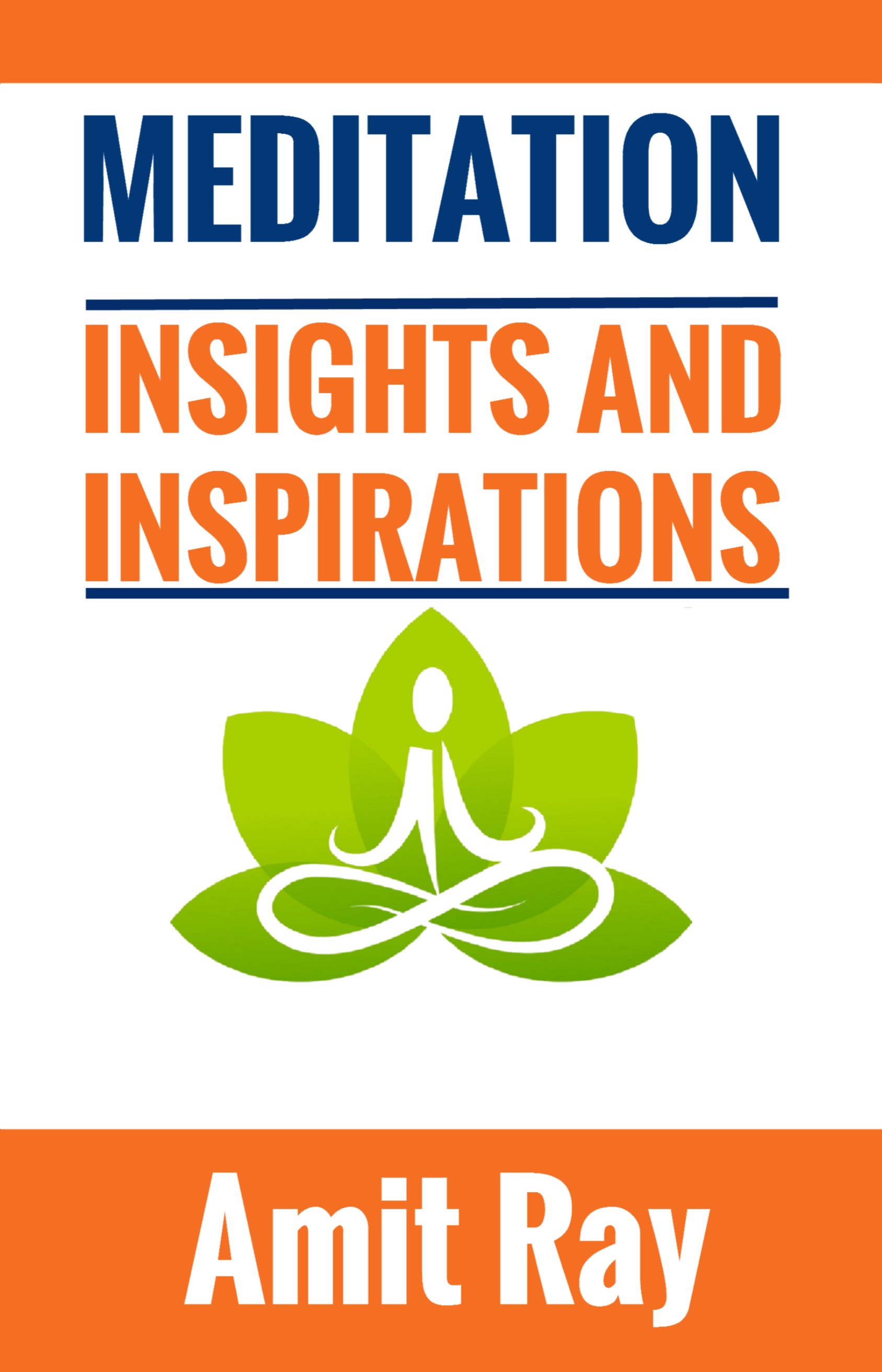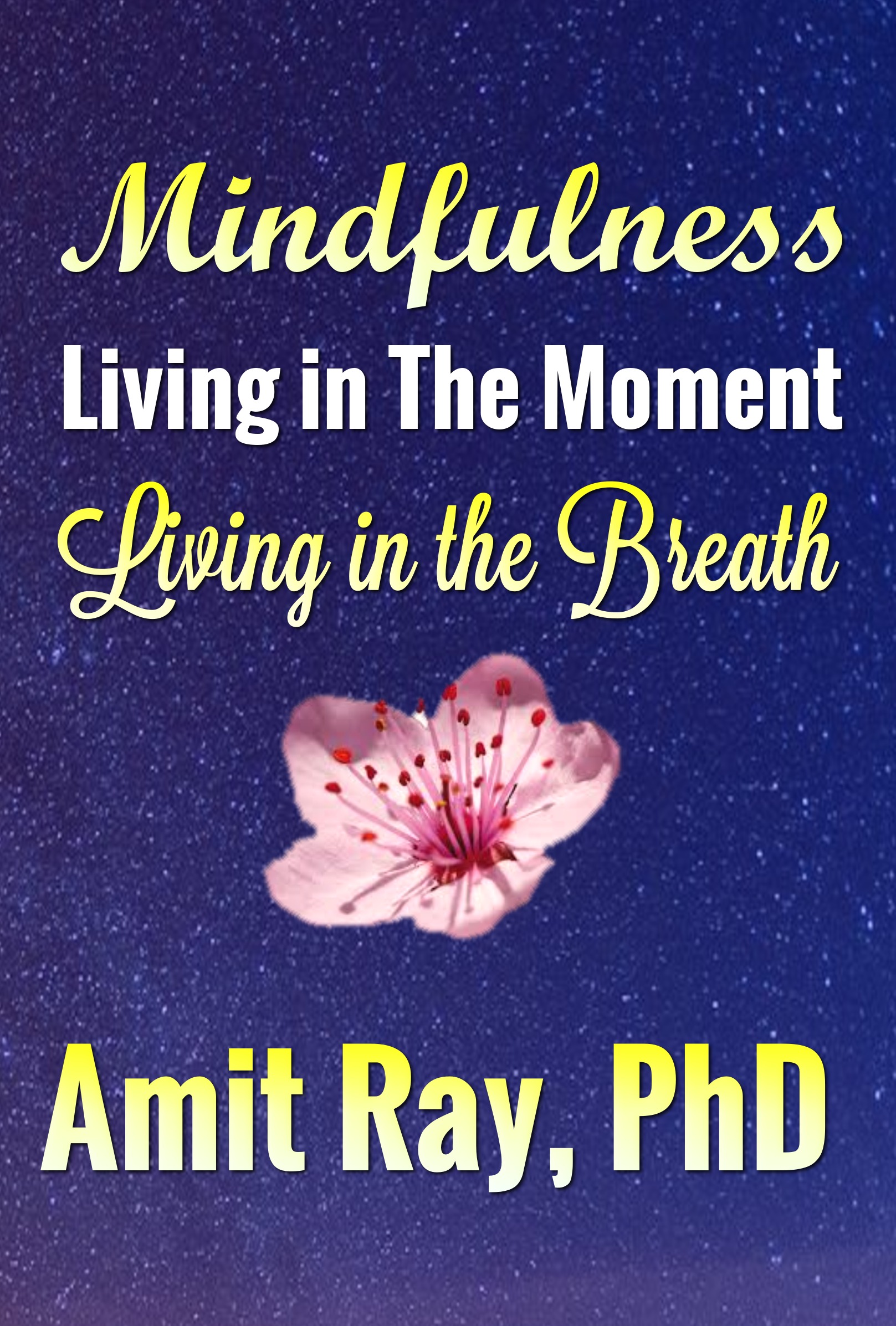
The Art of Living: Vipassana Meditation
Book Description
Unlock the secrets of your mind and discover a transformative journey that could change everything. "The Art of Living: Vipassana Meditation" by William Hart is a powerful exploration of ancient techniques that invite clarity amidst life's chaos. Dive into the profound depths of self-awareness and witness the breathtaking impact of mindfulness on everyday existence. Experience tension dissolve with each breath as you learn to confront your fears and embrace serenity. This isn't just a book; it's a call to awaken your deepest self. Are you ready to challenge your perception of reality and uncover a peace you never thought possible?
Quick Book Summary
The Art of Living: Vipassana Meditation by William Hart is a concise yet profound guide to the practice and philosophy of Vipassana, one of India’s most ancient forms of meditation. Drawing on the teachings of S.N. Goenka, the book invites readers to embark on a personal quest for self-understanding and inner peace through the careful observation of bodily sensations and thoughts. Hart reveals how Vipassana meditation promotes clarity, resilience, and compassion by dismantling habitual reactions to pain and pleasure. Blending Buddhist wisdom with practical exercises, the book gently challenges readers to let go of attachments and aversions, fostering genuine happiness. Whether you are seeking stress relief or spiritual growth, this work offers both a philosophical foundation and step-by-step instructions for integrating mindfulness into everyday life.
Summary of Key Ideas
Table of Contents
The Science and Philosophy of Mindfulness
William Hart’s exploration of Vipassana meditation opens with a discussion of the mind’s inherent nature and the universal condition of suffering. Drawing from Buddhist philosophy, the book introduces the concept of Dhamma—the natural law underlying reality and human experience. Hart emphasizes that the mind’s untrained state is prone to craving and aversion, which in turn causes suffering. The introduction clarifies that the purpose of Vipassana is not religious but practical: to see things as they truly are, beyond distortion or delusion, thereby allowing for genuine transformation.
Transforming Suffering through Awareness
Central to the Vipassana method is mindful observation of bodily sensations without reaction. Hart explains that every thought or emotion is accompanied by a physical sensation, and by observing these sensations with equanimity, one breaks the cycle of automatic reactions. The technique involves scanning the body, noticing sensations such as heat, pressure, or tingling, and maintaining awareness without craving pleasant sensations or resisting unpleasant ones. This systematic approach unravels deeply ingrained habit patterns, gradually diminishing their grip.
The Technique of Observing Reality
Hart discusses how this practice leads to insight into the impermanent nature of experience (anicca). By witnessing the arising and passing away of sensations, meditators cultivate patience, resilience, and mental balance. This experiential understanding of impermanence is central to overcoming suffering (dukkha), as it reduces attachment and enables practitioners to respond with wisdom rather than reactivity. Hart illustrates how even deep-seated fears, traumas, or anxieties can be transformed through these meditative insights, fostering a profound shift towards compassion and peace.
Liberation from Habitual Patterns
Beyond the meditation cushion, Hart advocates for integrating Vipassana principles into daily routines. He suggests mindful awareness in everyday activities—such as eating, walking, or working—as a means to cultivate presence and serenity. The book underlines the power of ethical living (sila), mental discipline (samadhi), and wisdom (panna) as core supports for inner freedom. Through anecdotes, case studies, and practical instruction, Hart demonstrates that meditation is not a retreat from life but a means to engage with greater clarity, empathy, and effectiveness.
Integrating Vipassana into Daily Life
In closing, The Art of Living stresses that genuine happiness emerges not from external achievement, but from a liberated mind capable of appreciating each moment as it is. Hart’s accessible guidance, deeply rooted in S.N. Goenka’s teachings, empowers readers to start their own practice and embrace life’s challenges with equanimity. This integration of ancient wisdom and modern psychology makes the book a transformative manual for anyone seeking peace, meaning, or personal growth.
Download This Summary
Get a free PDF of this summary instantly — no email required.





